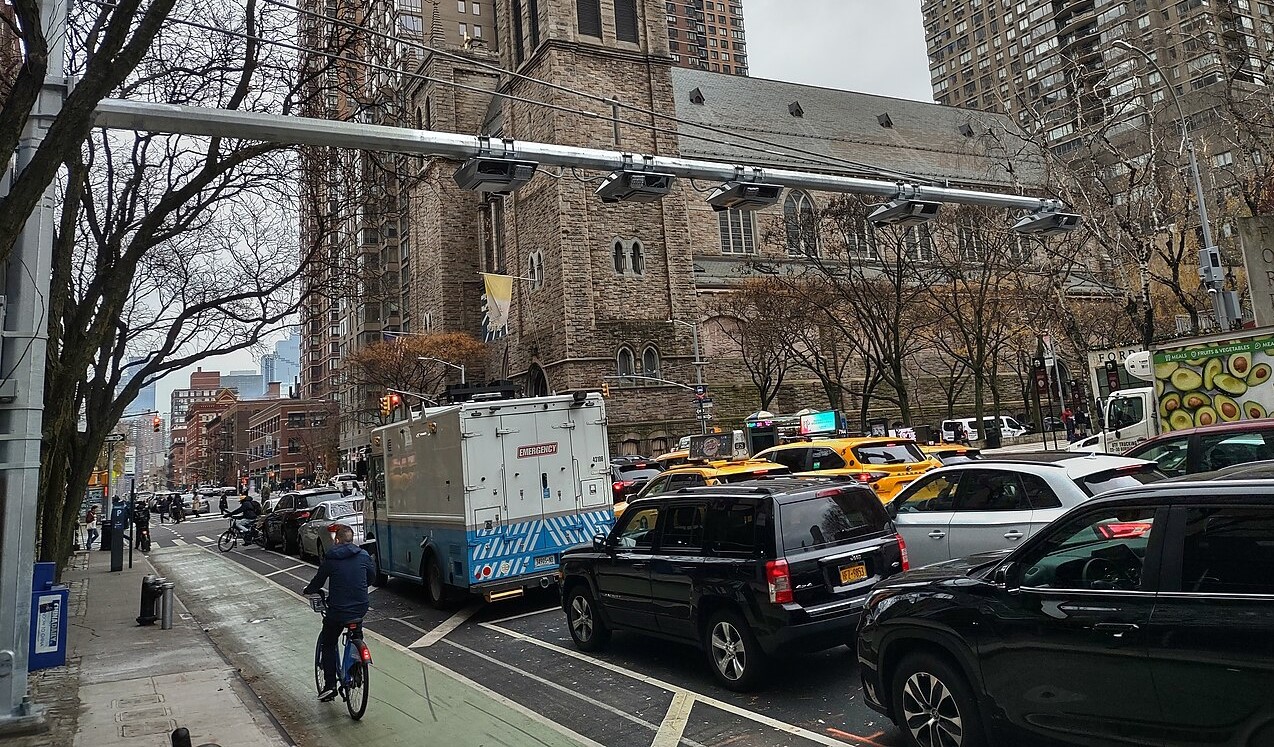I had the chance to listen in yesterday to top staffers from USDOT explain their collaboration with HUD and the EPA -- the "Partnership for Livable Communities" that was first unveiled in March and touted again by President Obama in July. Three officials, including one of Ray LaHood's top deputies, Beth Osborne, outlined their plans via conference call to several hundred people from all parts of the country.
The details didn't go very deep, but now we know that DOT has $100 million to spend on planning grants next year to foster more sustainable development. They've received 1,400 applications for so-called TIGER grants, a $1.5 billion pool of stimulus money set aside for "innovative" transportation projects. (For a full recap that gives you a flavor for the Obama DOT's priorities, read this blog post by Gary Toth of Project for Public Spaces, which organized the event.)
The language is encouraging and there are some new pots of money being put to good use. We have quite recent evidence from the stimulus saga, however, that once federal highway funding goes out the door to state DOTs, sprawl projects will follow. So I want to focus on one key moment yesterday, when a participant asked how the feds plan to get state DOTs on board with a livability agenda. Here's how Osborne answered:
The DOTs are wide-varied. Some states are well ahead of the federal government, and some states are not sure that these are the priorities they want to set for themselves. The program we have now is not self-funding anymore. In addressing it at the federal level, there is an expectation within the administration that money that is spent from the federal government is going to have to be spent in a way that allows us to be accountable to our taxpayers. That’s going to realign the program to some extent. The more people learn about livability and sustainability priorities, they see it aligns with their priorities more than they realized (economic growth, development, housing affordability). When you show people the choice between the priorities we have laid out and what they have laid out, it's amazing the headway you can make. We have some training to do, we have some challenges to meet, but we feel confident we can meet them.
Deciphering an answer this cryptic is a bit like reading tea leaves.
My take is that the people at USDOT get the transportation-land use connection, and they see the insolvency of the Highway Trust Fund as a sort of opening. They seem to anticipate that some portion of federal transportation spending will no longer come from the Highway Trust Fund (which is "not self-funding anymore"), and they appear to believe they can influence how that portion is spent ("to realign the program to some extent"). To me this sounds like an indirect reference to a national infrastructure bank, which would have the discretion to lend money to projects that foster compact development.
Which still leaves many billions in the hands of state DOTs, and the feds are basically relying on the power of persuasion to rein in their bad habits ("We have some training to do"). Re-training state transportation planners is sorely need, no doubt about it, but will it be enough to kick the sprawl habit?





